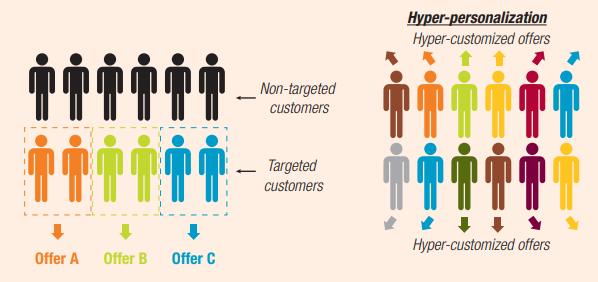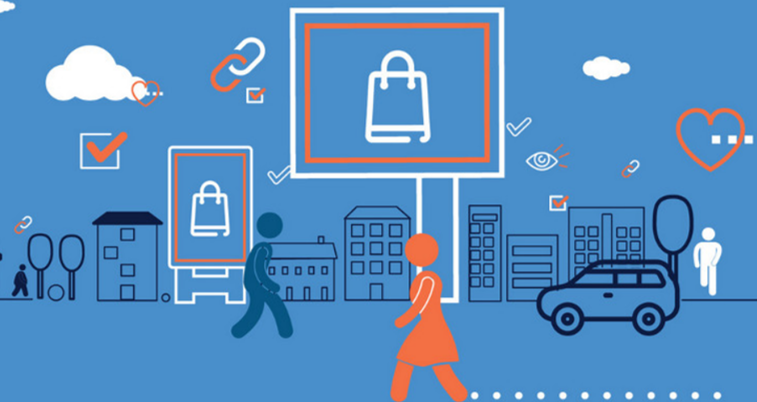Mobile´s hyper-personalization and drive-to-store
- María Lucena

- 2 mar 2021
- 3 Min. de lectura
Actualizado: 10 mar 2021
In recent years there has been an evolution towards digital marketing where companies increasingly try to get to know users in a more personal way, to get closer to them, in order to awaken interest in their products or services.
Hyper-personalization is increasingly demanded by users and the drive-to-store has become one of the most important strategies of advertisers.
Hyper-personalization leaves behind massive content aimed at the general public to give way to new content that takes the consumer and their context into account more than ever. Thanks to the geolocation technologies of mobile devices and the data obtained from their online behavior, a meticulous targeting of customers is possible to impact them at the most opportune moment and with the most appropriate message. In this way, local marketing will help maximize the effectiveness of digital campaigns by generating greater traffic to the physical store.
On the other hand, drive-to-store campaigns aim to generate traffic in physical stores thanks to certain marketing actions. For these campaigns, hyperpersonalization is key for being able to know in detail the interest of the user, their search trends, as well as their geolocation.
The Privacy & Personalization report made by SmarterHQ reveal that 90% of consumers are willing to give personal information to companies if, in exchange, get discounts and gain convenience when shopping.
Attrackting clients
The data collected about the users is obtained thanks to artificial intelligence techniques, in such a way that a much more personal value content is generated that is directed directly to each client with the purpose of making the customer feel special in their dealings with the brand, favoring both sales and loyalty.
In digital marketing, personalization is increasingly important for the differentiation and enhancement of the brand or business, this new strategy is based on the tastes that each user has, analyzes their browsing and purchasing habits to recommend content. In this way the consumer finds things more akin to their likings and they are happier with the brands, which translates into a greater number of sales and greater loyalty, hyper-personalization is the key tool to promote customer engagement.
Despite online growth, physical stores are still very important for customers, so drive-to-store marketing strategies are essential to attract increasingly demanding and informed consumers to establishments. In fact, drive-to-store campaigns are on the rise according to the State of Drive-to-Store Advertising 2019. Global forecasts indicate that the total investment that retailers will make in this type of campaign will amount to 65% in 2023, compared to 54% in 2018.
The closeness between brands and customers is vital in a strategy that will be led by personalization and immediacy. The Trends of Personalization study conducted by Researchscape International to digital marketing professionals presented a ranking with the main benefits that hyper-personalization brings when it comes to achieving business objectives. Among them, the following stand out: a more positive perception of the brand by its public, greater engagement by visitors, more effective loyalty and an increase in the lifetime value of customers, a growth in the benefits of e-commerce and an improvement in the user experience.
Times are changing and as we move forward we are adapting more and more to technology and digitization. Hyper-personalization and drive-to-drive campaigns apparently are beneficial for both businesses and customers, so it seems they will remain key trends in digital business in 2020 according to the IAB Spain work commissions.











Comentarios